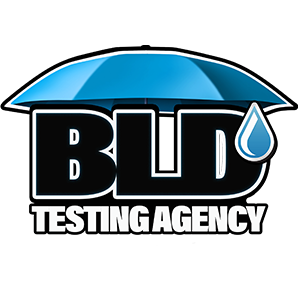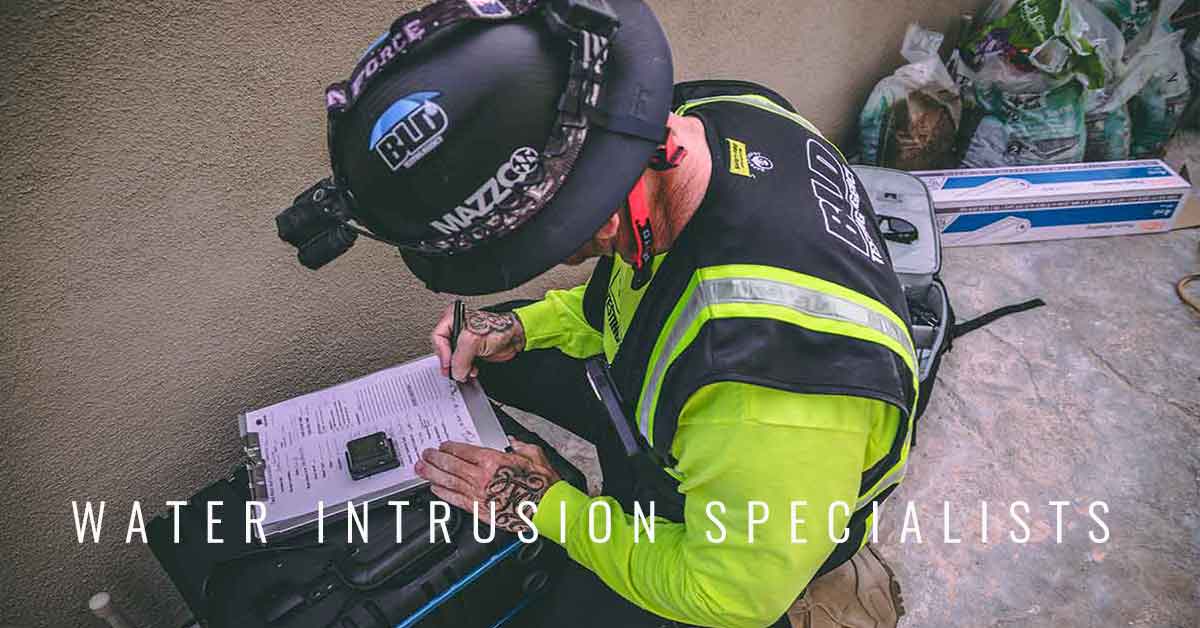
Rain Leak Detection Service Hidden Hills – Stay Dry and Secure
Confronted with a leak after the seasons rainfall in Hidden Hills? Act promptly with our rain leak detection service in Hidden Hills specifically tailored for residents. Our swift, leak detection and repair recommendations prevent further damage and save you future headaches. Learn how to protect your home from waters unwanted intrusions with the expertise of our local Building Leak Detection service.
Key Takeaways
- Building Leak Detection Services employs advanced, non-invasive techniques like thermal imaging along with moisture meters to locate various types of hidden leaks, preventing costly damage and structural integrity issues.
- Early leak detection is crucial for preserving property value by preventing structural and water damage and preventing health risks such as mold-related allergies and respiratory problems.
- The comprehensive rain leak detection process includes inspection, accurate leak location using high-tech methods, and repair and prevention solutions, ensuring long-lasting protection and maintaining property integrity.
Hidden Hills Rain Leak Detection Services
Proficiency and expertise are fundamental when addressing water leaks. Building Leak Detection Services, a distinguished leak detection company, excels in detecting and resolving various types of moisture intrusion, including those concealed in ceilings and within walls.
Our team is customer-oriented and skilled, offering cost-effective solutions that address the root cause of the leak, saving you from costly repairs and potential water damage.
We utilize non-invasive techniques such as thermal imaging, when possible, to effectively locate rain leaks.
This blend of advanced technology and expert knowledge enables us to provide expert leak detection services, ensuring efficient and accurate moisture intrusion detection for a wide range of building structures.
Our leak detection capabilities can effectively handle even the most elusive leaks. Whether it’s a subtle leak within your walls or a more substantial issue in your ceiling, we’ve got you covered. By identifying and preventing these leaks, we protect your property from water damage, ensuring it remains dry and secure.
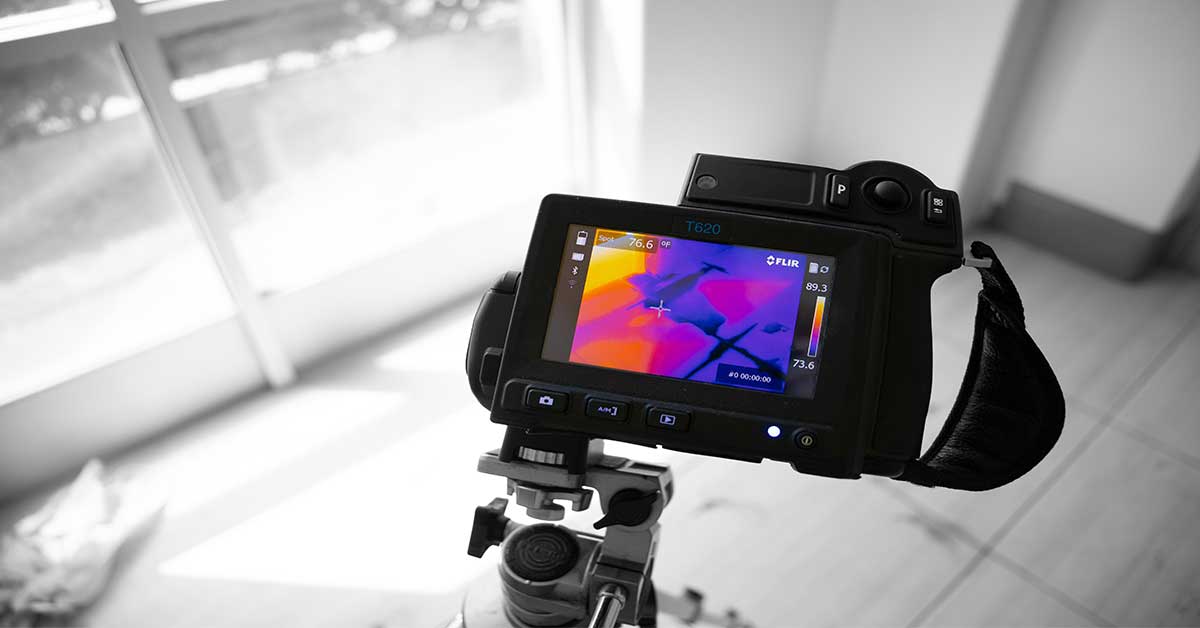
Infrared Thermal Imaging to Identify Moisture Intrusion
Infrared thermal imaging is one of our go-to methods for detecting hidden leaks. This technique works by identifying small temperature variances that may suggest a water leak. The technology is particularly efficient as it can detect the temperature contrast between the leaking fluid and its surroundings, making it invaluable for locating hidden leaks. Paired with quality moisture meters, finding leaks is always a success.
Infrared thermal imaging offers benefits for rain leak detection that extend beyond its high accuracy. It’s a non-invasive technique, meaning it won’t cause any damage to your property. Plus, it’s incredibly precise, allowing us to pinpoint the exact location of the leak, saving you both time and money.
The Importance of Timely Leak Detection
Detecting rain leaks promptly not only serves as a preventive measure but is also a crucial strategy in managing a property. More importantly, you’re safeguarding your property from potential water damage.
The impact of a moisture intrusion on the structural integrity of a building can be severe. Prolonged exposure to water can lead to deterioration of building materials, weakening the structure over time. Identifying water leaks promptly not only protects your property from potential damage but also ensures a safer living environment for you and your loved ones.

Protecting Your Property from Rain Water Leaks
Moisture intrusion can have a significant impact on the value of your property. They can cause potential structural issues, promote mold growth, and reduce resale value. The effects are far-reaching, with potential damage to electrical systems, plumbing, ceilings, and walls.
Regular leak detection is indispensable for protecting your property. It averts potential damage caused by moisture intrusion, such as mold growth and costly repairs. Addressing this issue goes beyond just fixing leaks; it’s about preserving the value and integrity of your property.
Health Risks Caused by Moisture Intrusion
Aside from property damage, rain water leaks can also pose serious health risks. Exposure to mold due to water leaks can lead to:
- Allergic reactions
- Respiratory challenges
- Frequent coughing
- Exacerbation of asthma symptoms for individuals with mold allergies
- Lung and sinus infections
Moreover, water intrusion can result in the proliferation of hazardous microbial substances, such as mold and mildew. These can contribute to various health complications, including:
- skin irritations
- respiratory issues
- allergies
- asthma attacks
Detecting and fixing rain leaks promptly not only protects your property but also contributes to the health and wellbeing of the occupants.
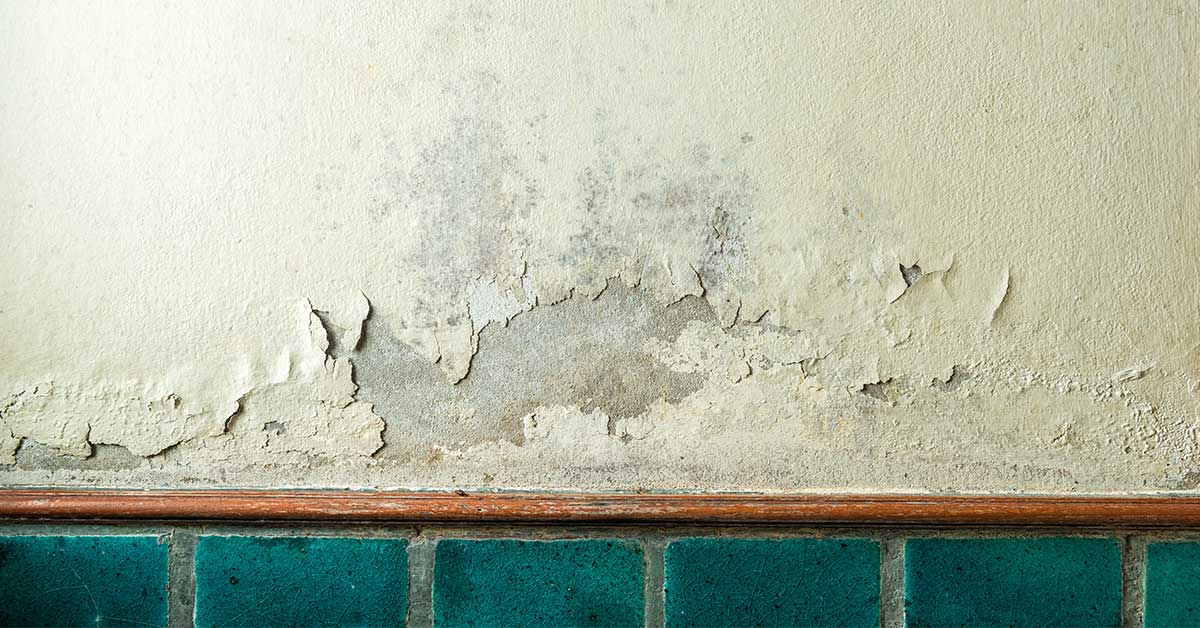
Signs You May Have a Hidden Water Leak
Rain leaks, often elusive, can hide in plain sight. But there are telltale signs that can help you identify a potential problem. Some signs of a water leak include:
- Water stains on ceilings, walls, or floors
- Wet spots
- Musty odors
If you notice any of these signs, it could indicate a hidden water leak.
Dampness, water stains, or mold growth can serve as strong indicators of a hidden water leak. Continued moisture can foster mold and mildew growth, often accompanied by a musty odor near the source of moisture.
Nonetheless, not all dampness or mold growth can be attributed to water leaks. Other factors that can lead to similar conditions include:
- Ongoing humidity issues
- A damaged roof
- Condensation build-up
- Poor ventilation
- Compromised foundations or walls
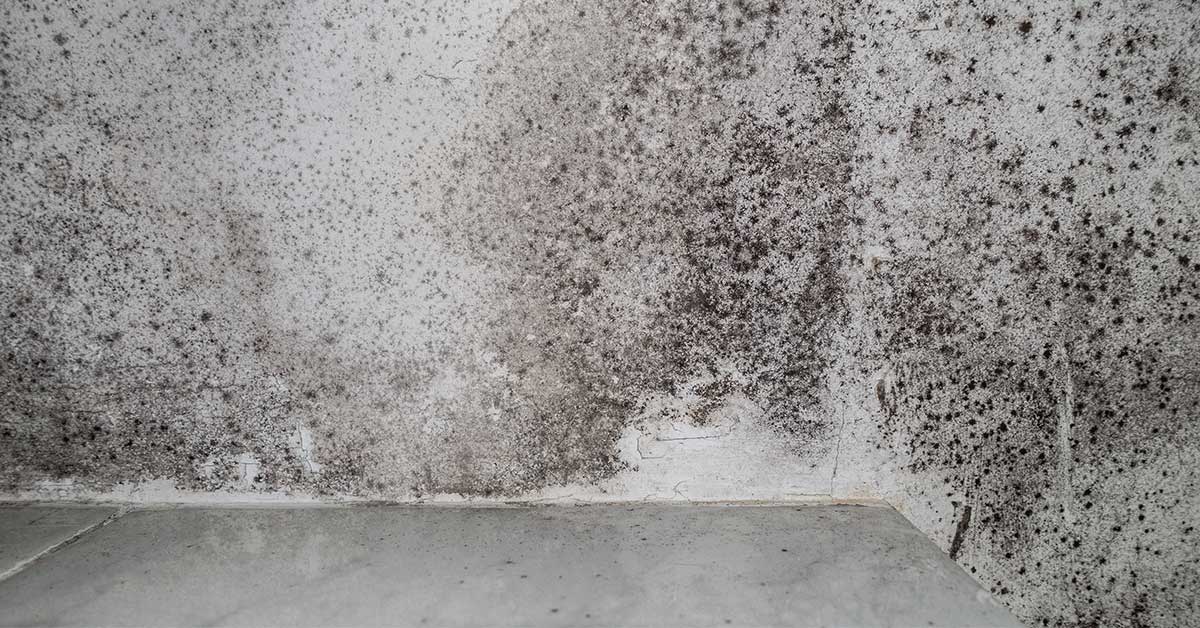
Dampness, Stains, or Mold Caused by Moisture Intrusion
The presence of dampness, stains, or mold in houses can be attributed to the presence of moisture or water-related issues. Mold, in particular, thrives in environments with sufficient moisture. Visible effects of water damage can be observed in building materials like drywall, appearing as:
- Stains
- Discoloration
- Peeling or bubbling paint
- Warping or buckling
- Soft or spongy texture
These signs indicate the need for immediate attention and repair to prevent further damage.
Indications of dampness, stains, or mold resulting from water leaks include:
- Variations in color for mold (white, green, or black)
- Water damage stains (yellow or brown)
- Bubbly or peeled textures
- Slimy or fuzzy mold growths
- A musty or pungent odor
These signs should prompt immediate action, as they can lead to severe property damage and health risks if left unchecked.
Expert Rain Leak Detection Process
Leak detection is a meticulous process that involves three primary stages: inspection, rain leak location, and the provision of repair and prevention solutions. At Building Leak Detection Services, we employ a range of methodologies including visual inspection, thermal imaging, and pressure testing during the inspection phase to identify potential water leaks in your home.
Upon identifying potential leaks, we employ a mix of methods to accurately pinpoint the location of the hidden water leak. This includes:
- Conducting a spray rack or wand test
- Thermal imaging
- Utilizing a water moisture meter
After locating the rain leak in your home, we recommend repair and prevention solutions to ensure long-lasting protection against future leaks.

Inspection for Moisture Intrusion
The inspection phase is a vital part of our leak detection process. We perform visual inspections, which are highly accurate in detecting water leaks and can also provide evidence of additional areas of weakness or multiple leaks. Alongside this, we use thermal imaging to capture and display thermal images, aiding us in locating water and estimating the extent of moisture.
We employ various techniques to identify leaks, including:
- Pressure testing
- Spray rack testing
- Wand testing
These techniques enable us to provide a thorough and accurate inspection.
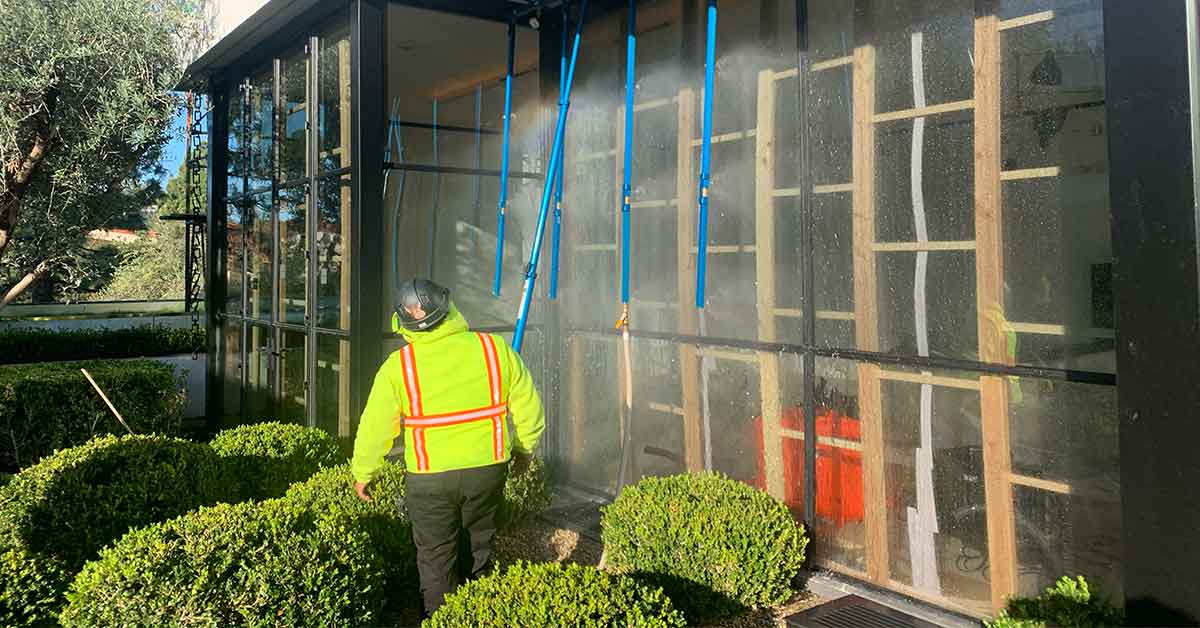
Locating the Rain Leak:
Following thorough inspection, we proceed to the next essential stage is to pinpointing the leak. We use a variety of technologies and methods such as thermal imaging to accurately pinpoint the source of the leak.
Infrared technology enhances the accuracy of our leak detection. By capturing and displaying thermal images, we can detect temperature variations in a given area, efficiently pinpointing the origin of a water leak. A moisture meter will confirm the presence of water in this area.
Repair and Prevention Recommendations from Building Leak Detection Company
Once the leak is located, we proceed to recommend repair and prevention. Our repair techniques include applying moisture-cured urethane fiberglass wrap with fast-curing epoxy glue, using repair clamps with neoprene rubber patches for larger ruptures, among others.
Prevention is just as important as repair. We recommend waterproofing solutions to create a barrier between the exterior walls and water, effectively preventing water ingress and protecting the building from potential damage. These measures contribute to a property’s durability by preserving its resilience and ultimately raising its value.
Service Areas in Los Angeles County
Significant areas within Los Angeles County, including:
- Los Angeles
- Culver City
- Pomona
- Torrance
- Pasadena
- Downey
- Paramount
- Pico Rivera
- Hidden Hills
- Orange County (neighboring region)
- San Bernardino County (neighboring region)
Residents of Hidden Hills and West Hollywood can access our rain leak detection services. Located in the Santa Monica Mountains region of Los Angeles County, both communities enjoy our expert and reliable leak detection services.
The significance of our services is underscored by the average annual rainfall received by these areas. Ranging from 12.23 inches to 14.25 inches, these areas are prone to potential rain leaks, making our services an essential aspect of property management.
Transparent Pricing and Professional Affiliates
We uphold transparency in our pricing. This approach offers customers clarity on the cost of the service, ensuring there are no hidden fees or unexpected charges.
Moreover, our affiliations with professional networks provide us access to high-quality commercial building leak detection and repair services. These affiliations equip us with the necessary tools to swiftly and effectively detect water issues.

Affordable Solutions
Factors like time, required equipment, and site conditions determine the cost of our services, with the typical cost per leak falling between $175 and $350. Other factors that could impact pricing include the location of the leak, the type of leak, the specific services required, and the necessary detection equipment.
Invoicing is done after job completion, promoting transparency and accountability. This approach ensures that customers are only charged for the work completed, which helps to prevent disputes and overcharging.
Summary
In conclusion, water leaks can be damaging and costly, but with Building Leak Detection Services, you are assured of a timely, professional, and cost-effective solution. Our proficient team employs advanced and non-invasive techniques to detect and resolve leaks, protecting your property from damage and ensuring a safer living environment. With our services accessible in key areas within Los Angeles County, we’re here to help you stay dry and secure.
Frequently Asked Questions
Why is leak detection so expensive?
Leak detection is expensive because it involves using a variety of devices and products to locate the issue, and opting for a budget option may not effectively address the problem.
What are some signs of a hidden water leak?
If you notice water stains, wet spots, sounds of running water, or mold/mildew, you may have a hidden rain water leak. Keep an eye out for these signs to address the issue promptly.
What methods do you use for leak detection?
We use techniques including thermal imaging, pressure testing, spray rack testing and wand testing for leak detection. Combining these methods helps ensure thorough and accurate results.

